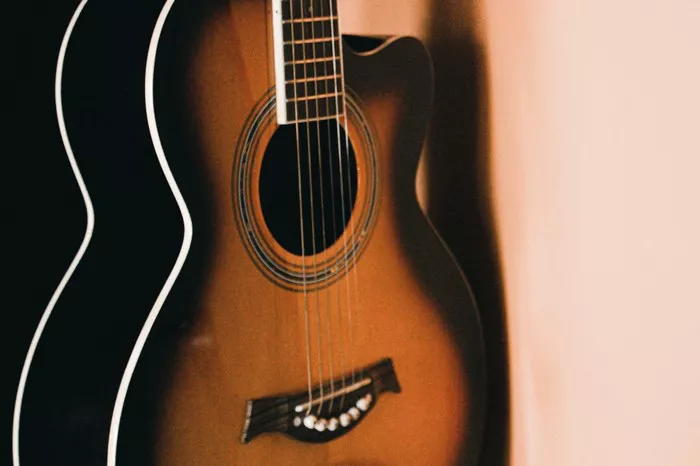The guitar, an iconic instrument cherished by musicians worldwide, relies heavily on precise tuning for optimal performance. Yet, even the most meticulously tuned guitar can fall out of pitch, causing frustration for players. In this comprehensive guide, we delve into the various factors contributing to this phenomenon and provide practical solutions to keep your instrument in tune.
1. Old Strings
One of the most common culprits behind a guitar falling out of tune is old strings. Over time, strings lose their elasticity and tensile strength, resulting in diminished ability to hold pitch. As a rule of thumb, it’s advisable to replace strings after every 100 hours of playing or approximately every three months to maintain optimal tuning stability. Additionally, regular cleaning of strings is paramount to prevent corrosion and premature wear, ensuring longevity and consistent performance.
2. String Quality
Not all strings are created equal, and the quality of strings directly impacts tuning stability. Low-quality strings are prone to rapid wear and loss of tension, leading to frequent retuning. Investing in high-quality strings not only enhances tone but also promotes better tuning stability, reducing the need for constant adjustments.
3. Bending and Tremolo Use
Excessive bending of strings or frequent use of the tremolo system can wreak havoc on tuning stability. Each bend or tremolo dive alters the tension of the strings, causing them to go out of tune. While these techniques are integral to many styles of guitar playing, exercising moderation and restraint can help mitigate tuning issues. Additionally, consider using the tremolo sparingly, especially during extended playing sessions or performances.
4. Intonation
Intonation refers to the accuracy of pitch across all frets of the guitar. Poor intonation can result in notes sounding sharp or flat as you move up the neck. Achieving proper intonation involves adjusting the truss rod, bridge height, and nut position to ensure harmonious tuning across the fretboard. Regular maintenance and adjustments by a qualified technician can prevent intonation-related tuning woes.
5. Nut Issues
The nut plays a crucial role in guiding strings to the fretboard and maintaining tension balance. Poorly cut nut slots can impede string movement, causing tuning instability. To address nut-related tuning problems, consider filing nut grooves to the appropriate depth or using lubrication to reduce friction. A well-maintained nut ensures smooth string action and consistent tuning.
6. Temperature and Humidity
Extreme temperature changes pose a significant threat to guitar tuning. Warm temperatures cause wood expansion, flattening the sound and lowering pitch, while cold temperatures induce contraction, sharpening the sound and raising pitch. To minimize the impact of temperature fluctuations, store your guitar in a controlled environment with stable humidity levels. Additionally, allow your instrument to acclimate gradually to new environments before tuning to mitigate tuning discrepancies.
7. Tuning Machines (Tuners)
Tuning machines, or tuners, are the mechanical components responsible for adjusting string tension and pitch. Well-functioning tuning machines are essential for maintaining tuning stability. Periodically check and tighten tuning pegs to ensure they hold tuning securely. If tuning machines exhibit signs of wear or malfunction, consider replacing them to avoid persistent tuning issues.
8. Capo Placement
Improper capo placement can adversely affect tuning accuracy. Placing the capo too close to the fret can result in sharp notes, while positioning it too far from the fret can cause flat notes. To minimize tuning discrepancies, place the capo just behind the fret bar, exerting enough pressure to secure strings without excessively bending them. Precision in capo placement ensures consistent tuning across the fretboard.
Conclusion
In conclusion, maintaining guitar tuning is a multifaceted endeavor that requires attention to detail and regular upkeep. By understanding the various factors influencing tuning stability and implementing practical solutions, guitarists can enjoy consistent performance and uninterrupted creativity. Remember, a well-tuned guitar is the foundation of musical expression and a source of inspiration for players and listeners alike.


